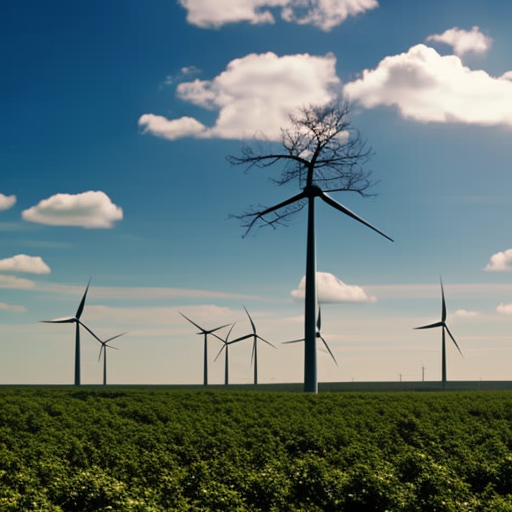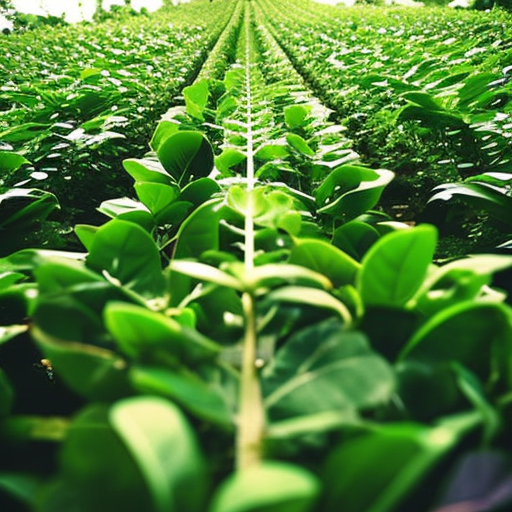Summary:
Conservation of resources refers to the sustainable management and protection of natural resources to ensure their availability for future generations. It involves the responsible use of resources, reducing waste and pollution, and promoting sustainable practices. By conserving resources, we can mitigate the negative impacts of human activities on the environment and maintain a balance between economic development and environmental protection.
Importance of Conservation of Resources:
Conservation of resources is crucial for several reasons. Firstly, it helps to preserve biodiversity and protect ecosystems. Many natural resources, such as forests, wetlands, and coral reefs, are home to a wide variety of plant and animal species. By conserving these habitats, we can maintain biodiversity and prevent the extinction of species.
Secondly, conservation of resources is essential for ensuring a sustainable supply of resources for future generations. Many resources, such as fossil fuels and minerals, are non-renewable and finite. By using these resources responsibly and promoting alternative sources of energy, we can ensure their availability for future generations.
Furthermore, conservation of resources helps to mitigate the impacts of climate change. The burning of fossil fuels for energy production is a major contributor to greenhouse gas emissions, which are responsible for global warming. By promoting renewable energy sources and energy efficiency, we can reduce our carbon footprint and mitigate the effects of climate change.
Strategies for Conservation of Resources:
There are several strategies and practices that can be adopted to conserve resources:
1. Reduce, Reuse, and Recycle: The three R’s of waste management are essential for conserving resources. By reducing waste generation, reusing items, and recycling materials, we can minimize the extraction of raw materials and reduce the energy and water consumption associated with manufacturing processes.
2. Sustainable Agriculture: Adopting sustainable agricultural practices, such as organic farming and agroforestry, can help conserve soil fertility, reduce water consumption, and minimize the use of pesticides and fertilizers. These practices promote biodiversity and protect ecosystems.
3. Water Conservation: Conserving water is crucial, especially in regions facing water scarcity. Practices such as using water-efficient appliances, fixing leaks, and implementing rainwater harvesting can help reduce water consumption and ensure its availability for future generations.
4. Energy Efficiency: Promoting energy-efficient technologies and practices can help reduce energy consumption and lower greenhouse gas emissions. This includes using energy-efficient appliances, insulating buildings, and adopting renewable energy sources like solar and wind power.
5. Forest Conservation: Protecting and restoring forests is vital for conserving biodiversity, mitigating climate change, and ensuring a sustainable supply of timber and non-timber forest products. This can be achieved through sustainable logging practices, reforestation efforts, and the establishment of protected areas.
6. Waste Management: Proper waste management is essential for conserving resources and preventing pollution. This includes implementing waste segregation, promoting composting and recycling, and establishing proper disposal facilities for hazardous waste.
Conclusion:
Conservation of resources is crucial for maintaining a sustainable and healthy planet. By adopting strategies such as reducing waste, promoting sustainable agriculture, conserving water, improving energy efficiency, protecting forests, and implementing proper waste management, we can ensure the availability of resources for future generations and mitigate the negative impacts of human activities on the environment. It is the responsibility of individuals, communities, governments, and organizations to work together to conserve resources and create a more sustainable future.












